Jill M. Hudson was an executive presbyter when a beloved Presbyterian pastor and his wife were murdered in their Indianapolis home in 1996. She wrote Congregational Trauma: Caring, Coping, and Learning because she couldn’t find faith-based resources to help her presbytery's clergy and congregations deal with the pain and loss of the murders. She also gathered church case studies from other tragedies for her book.
This all happened before researchers published findings about adverse childhood experiences (ACEs). Since then, there’s been an explosion of resources dealing with faith, ACEs, and other trauma.
But Hudson’s book still rings true, especially Chapter 6, in which she describes worship as a tool for healing. She writes that worship “provides one with a ‘safe’ space for grieving, remembering, and, later, renewal.” She recognizes that the Holy Spirit, therapists, community support, and time itself help people heal. “Nothing, however, is more important to the person of faith than the powerful resource of worship,” Hudson writes.
Key Insights
- Church worship can invite traumatized people toward healing and resilience. It can offer a better path than responding to trauma in unhealthy or addictive ways.
- Include trauma awareness in congregational education and life. Recognizing trauma in themselves or in others can help people view each other through God’s compassionate eyes.
- Use trauma as a theological lens to prepare worshipers for collective trauma. If you only allow certain emotions and topics in worship, then how can you help people respond when natural disaster, violence, or other trauma touches your community?
- Worship planners can use music, sermons, special services, and every other worship element to connect with those affected by trauma. “Those affected” means people who experience or have experienced trauma, as well as their families, friends, coworkers, and care partners.
Church worship can invite traumatized people toward healing and resilience
Every congregation has people who have experienced or will experience a trauma that lives on in their body, psyche, and emotions. Some traumas are individual, such as adverse childhood experiences or severe accidents. Others are collective, such as poverty, racism, and war. Collective trauma may result from natural disasters or from unnatural disasters such as gun violence or clergy sexual misconduct. People experience secondary trauma when they feel guilty for knowing people whose trauma was even worse.
Books
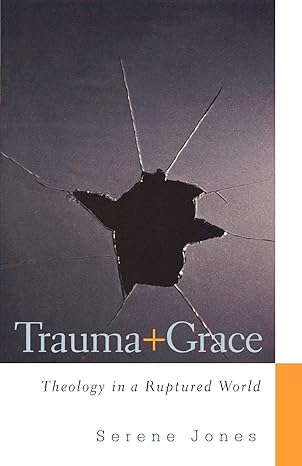
Trauma and Grace: Theology in a Ruptured World, by Serene Jones, president of Union Theological Seminary in New York City. The first chapter is based on this essay about how worship affected a traumatized young woman. The third chapter explains how John Calvin used psalms of deliverance, lament, and healing to help religious refugees in his Genevan congregation. Jones has a gift for combining theology with contemporary stories of trauma.
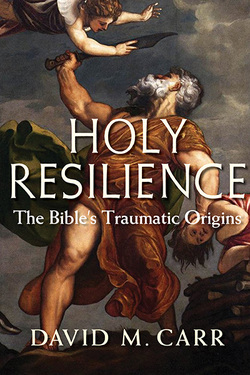
Holy Resilience: The Bible’s Traumatic Origins, by David M. Carr, an Old Testament scholar. In this Bible Gateway interview, Carr explains that the Bible is full of stories about trauma and how God works through traumatized people. He says that pastors should admit to being broken people in need of grace and healing. This vulnerability gives congregants permission to share their suffering.
Online and other resources
“Trauma-Informed Worship: Address Trauma to Begin Healing.” This feature story describes how Mount Aery Baptist Church has worked to become a trauma-informed congregation. Its worship services are becoming a communal place of healing.
“Seven Self-Care Tips for Clergy Who Engage Trauma.” This article quotes six leaders who practice self-care so they can remain effective in helping those who need to address and heal from trauma.
The American Bible Society’s Trauma Healing Institute offers brochures, videos, and books in many languages for youth and adults. Its online video Hope Rising (57:09) explains how Bible-based principles and mental health research help heal trauma among worshiping communities affected by war. Its online video Unchained (53:28) does the same for worshiping communities affected by generational trauma handed down by American slavery.
This resilience infographic charts individual, family, and community traits that help people cope, adjust to, or recover from trauma. Here’s how churches can nurture resilience.
Include trauma awareness in congregational education and life
Those in helping professions usually hear more about trauma-informed approaches than the average church member does. Chaplain Chris Haughee applies trauma concepts from U.S. Substance Abuse and Mental Health Services Administration (SAMHSA) in this two-pager about trauma-informed ministry.
Books
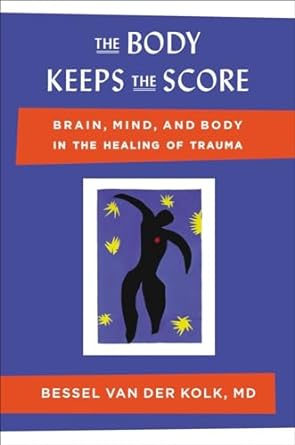
The Body Keeps Score: Brain, Mind, and Body in the Healing of Trauma, by Bessel van der Kolk. This book summarizes decades of research on how trauma affects bodies, brains, and psyches. Unresolved trauma often leads to feeling fearful, anxious, stressed, and unsafe and engaging in risky, addictive, and isolating behaviors. Yet what traumatized people often fear most—human connection—is the path to health.
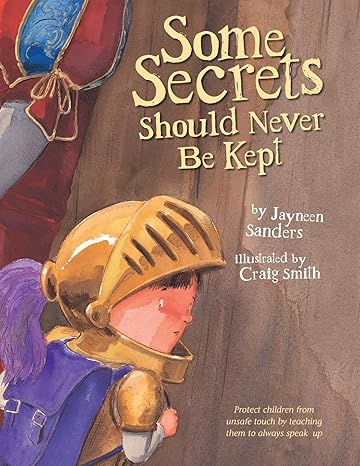
Some Secrets Should Never Be Kept, by Jayneen Sanders. This simple book introduces the idea of body safety in ways that preschoolers and children can understand.
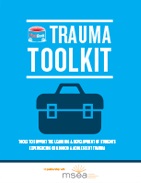
First Book Marketplace. Faith-based ministries are often eligible to shop this website of affordable books for children in need. Books focus on diversity and inclusion, health and wellness, difficult life experiences, and more. Download a free First Book Trauma Toolkit for book recommendations.
Online resources
“Bruised Reeds and Smoldering Wicks” is available as an e-book and with an eight-week curriculum on trauma-informed ministry (with DVDs).
Church Health Reader devoted its Fall 2015 issue to Trauma and Moral Injury. Read the features online for free, including Andrea Blanch’s infographic on Trauma and the Model for Healthy Living.
James Redford directed two documentaries recommended by churches, schools, and community groups. Both are on Amazon Prime and iTunes. Paper Tigers follows a year in the life of a high school that radically changed its student discipline, becoming a model for how to break cycles of poverty, violence, and disease. Download a free Faith Leaders Guide for using Paper Tiger.
Redford’s Resilience mentions faith as a way to overcome adverse childhood experiences and toxic stress stored in the body. Both documentaries are set in Walla Walla, Washington, home of Community Resilience Institute (CRI). Check out CRI's history, resource lists, card games, and strategy to build community resilience.
Video clip (5:33): Five young men in Walla Walla share about moving from ACEs to resilience.
Use trauma as a theological lens to prepare worshipers for collective trauma
In the worship chapter of Jill M. Hudson’s book on congregational trauma, she writes, “We cannot use what’s not already there.” In other words, you need to acknowledge real life tragedy, lament, trauma, and deliverance in today’s worship so your church is ready when trauma engulfs your congregation or community tomorrow.
Books
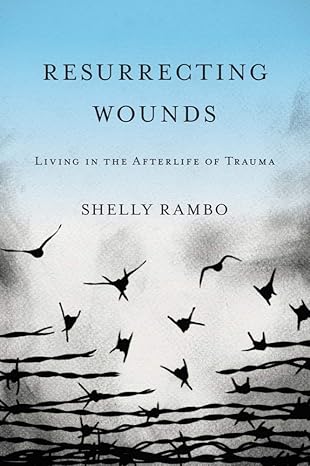
Resurrecting Wounds: Living in the Afterlife of Trauma. Theologian Shelly Rambo reminds readers that the resurrected Jesus had scars. She writes that living in and after trauma is “not so much about life overcoming death as it is about life resurrecting amid the ongoingness of death.”
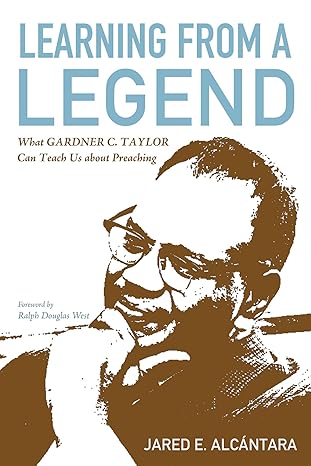
Learning from a Legend: What Gardner C. Taylor Can Teach Us About Preaching, by Jared E. Alcántara.
The author, who teaches preaching, draws on lessons from Gardner C. Taylor, often called “dean of the nation’s black preachers.” Alcántara writes that Taylor “preached with a limp.” He preached about, in, and through pain because pain threads through scripture. Small groups will appreciate the discussion questions at the end of each chapter in this very readable book.
Online resources
Mobilizing Action for Resilient Communities (MARC). This learning collaborative of fourteen communities shares solutions for addressing trauma and promoting resilience, such as how faith leaders are becoming agents of change in the ACEs and resilience movement.
Healing the Healers (01:12:00) is a five-part video series intended to support clergy, laity, social workers, first responders, and other spiritual care providers facing community-level trauma. You can watch each short segment online. Director Kristen Kelly said in an interview with Calvin University’s alumni magazine that local faith leaders should build relationships with each other “before tragedy happens so you can help and support each other when it does.”
The American Psychological Association, Centers for Disease Control and Prevention, and Rolling Stone explain how natural disasters and climate change affect mental health. Here’s how to help children cope.
SAMHSA Disaster Technical Assistance Center links to dozens of faith-based disaster preparedness resources. Browse articles on how trauma and spirituality affect each other and how congregations are uniquely equipped to help disaster survivors.
Worship planners can use every worship element to connect with those affected by trauma.
In his book Raging with Compassion: Pastoral Responses to the Problem of Evil, theologian John Swinton notes that traumatized people often ask why God allows such pain and suffering. He reframes the discussion by exploring lament, forgiveness, thoughtfulness, and hospitality. These practices can help Christians do what God does—resist and absorb evil and respond faithfully to suffering till Christ returns.
Swinton’s insights can help worship planners reaffirm that nothing can separate us from God’s love.
Books
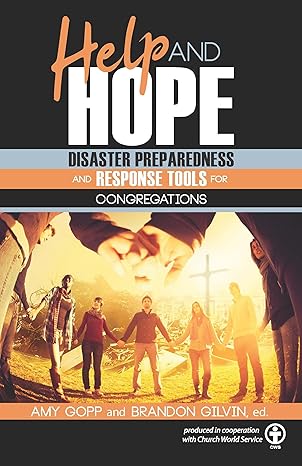
Help and Hope: Disaster Preparedness and Response Tools for Congregations, edited by Amy Gopp and Brandon Gilvin, gathers chapters from ministers, Church World Service staff, and others who’ve experienced natural disasters. Each chapter has discussion questions. The book ends with substantive resources for prayers, communion, sermons, and Bible studies.
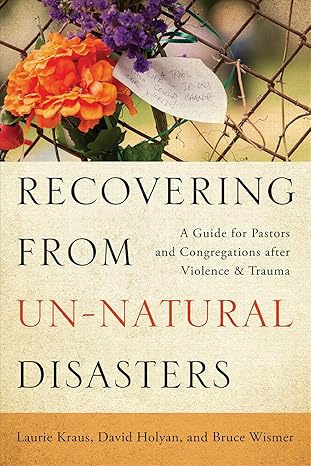
Recovering from Un-Natural Disasters: A Guide for Pastors and Congregations after Violence and Trauma by Laurie Kraus, David Holyan, and Bruce Wismer. This handbook notes that after gun violence, clergy sexual misconduct, or other human-caused collective traumas, congregations go through stages. The book explains how worship and congregational care change during each stage. Extensive appendices offer even more worship resources.
Online and other resources
Violence, Injustice, Trauma, and the Ordinary Practices of Christian Worship in a Social Media Age. These videos of three lectures by John D. Witvliet will inspire worship planners to shape public worship that addresses trauma while inviting God’s Spirit to bring healing and hope. These worship practices can connect with people living through individual or collective trauma.
Appropriate dates
Depending on the traumas that most affect your congregation, you might choose to observe annual Sundays or months. You can find worship resources for Mental Health Month (May); Refugee Sunday (nearest to June 20); and Veterans Day or Remembrance Day (Sunday nearest to November 11). Many denominations have designated an annual Abuse Awareness Sunday, though dates vary.
Churches around the world already designate September 1 through October 4 as the Season of Creation. (Scroll down for optional liturgies related to natural disasters and climate change.)
“Worshiping Following the Trauma of a School Shooting.” In this audio recording, Bo H. Lim describes planning worship immediately after a shooting at Seattle Pacific University and on subsequent anniversaries of the event.
Sermons
“Anthony L. Bennett on Engaging Trauma in Sermons.” In this edited conversation, an urban pastor tells how his Baptist church gathered its associate ministers monthly to learn about trauma and how to exegete scripture to engage people hungry for healing and justice.
Faith and Health, a nonprofit Christian health ministry in South Carolina, lists dozens of Bible verses about health, healing, strength, and stress. Faith and Health founder Dale Fletcher created sermon slides and a sermon script to talk about ACEs, spiritual risk factors, and biblical healing and resilience.
Sojourners, a Christian peace and justice movement, has gathered nearly 150 sermons on domestic and sexual violence. You can search by location, scripture, or denomination. Ruth Everhart, a Presbyterian pastor, pairs biblical and contemporary stories of violence against women in her book The #MeToo Reckoning: Facing the Church’s Complicity in Sexual Abuse and Misconduct.
These online articles can yield sermon anecdotes and statistics about trauma related to gun violence or being an immigrant, refugee, or asylum seeker.
Music
Almost all biblical psalms of lament include a turn toward hope in who God is and what God has done or will do. Authentically including trauma in worship means allowing a full spectrum of musical emotion, from grief and lament to hope and thanksgiving. As John D. Witvliet said in his second J.J. Thiessen lecture, “Yet the praise of the triune God can also be an anchor in a storm, a vision of light in the shadows, a practice of hope in context of hopelessness. And transfigured praise can also point us to other practices of cruciform engagement with the world’s troubles that many victims of violence and trauma have found to be healing.”
This four-minute video summarizes a scientific study on the calming nature of collective singing.
For songs that describe traumatic emotions or specifically name a contemporary trauma, look to the late Shirley Erena Murray, a New Zealand hymnwriter, and Carolyn Winfrey Gillette, a Presbyterian pastor. Both often set their texts to familiar hymn tunes. Murray’s songs include “God Weeps,” “When Human Voices Cannot Sing,” and “Now Thank We All Our God / Bushfire Memorial Hymn.” Winfrey Gillette’s latest hymns include “O God of All the Nations,” “O, God, We Grieve the Hatred,” and “Christ, You Spoke to Us of Children.”
“If I Have Been the Source of Pain,” by C. Maud Battersby, is a good song of confession and is available in English and Spanish. Here’s Argentinian pastor Pablo Sosa’s version of that song.
For more contemporary songs, consider “Come As You Are,” by David Crowder; “Daughters of Zion” and “The Earth Shall Know,” by The Porter’s Gate; “How Can It Be,” by Jason Ingram, Jeff Johnson, and Paul Mabury; “” by Donald Lawrence (musical notation and choral version here); “Oh God,” by Chantel Varnado; “Praise You in This Storm,” by Casting Crowns; and “Way Maker,” by Nigerian gospel artist Sinach.
Also check the music sections of Calvin Institute of Christian Worship’s resource lists about Indigenous Christian worship, mental illness and Christian worship, worship resources for creation care, and worship resources that respond to human trafficking.
Prayers, visuals, and other worship elements
Sandy Boyce, a Uniting Church in Australia minister, maintains a blog for worship planners. She continually updates prayers, music, art, reflections, and more related to natural disasters and tragedy, such as Australian bushfires. You can also search by calendar, church year, or parts of worship.
Carol Penner, a Mennonite Brethren pastor and theology professor in Canada, writes prayers and calls to worship for her Leading in Worship blog. Many relate to traumas, such as abuse, children in need, climate change, disaster, and violence.
Christianity Today published tips for how to pray after mass shootings.
Reformed Church in America has a litany and prayers for times of national tragedy.
Download Carrying Rainbows of Hope: Liturgical Resources for Use after Disasters and Personal Tragedies, a 178-page PDF from Uniting Church in Australia. It includes complete service outlines and sermons.

